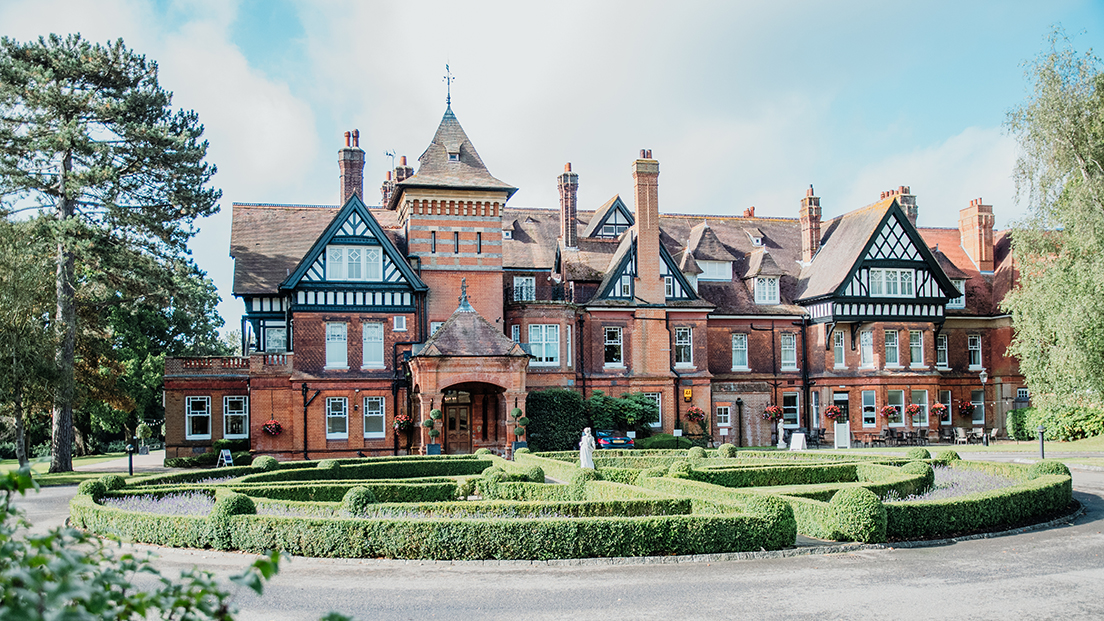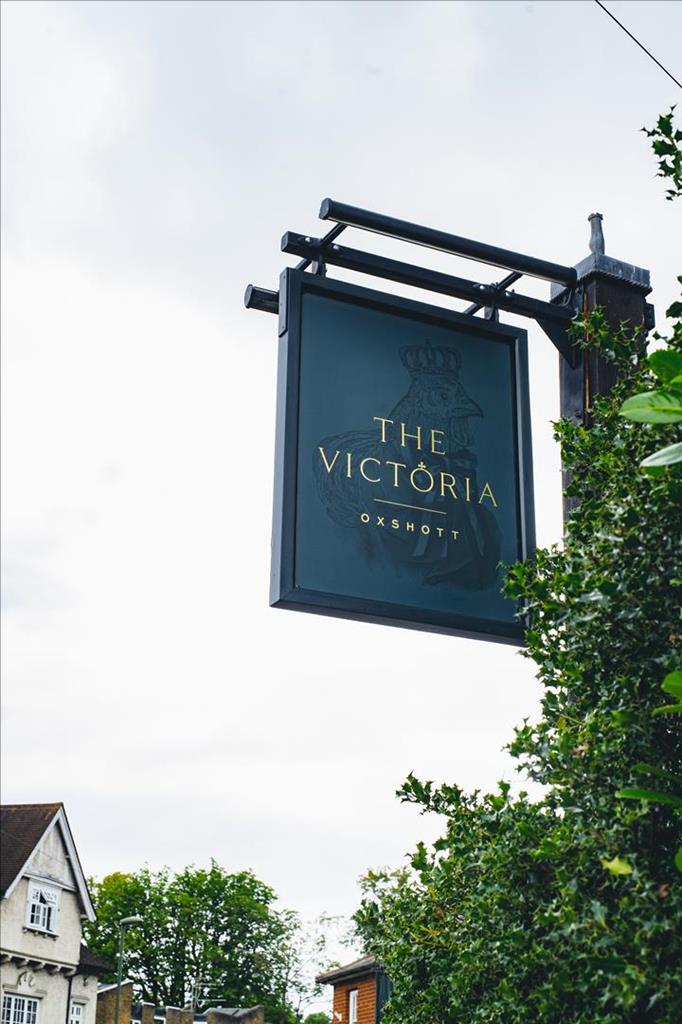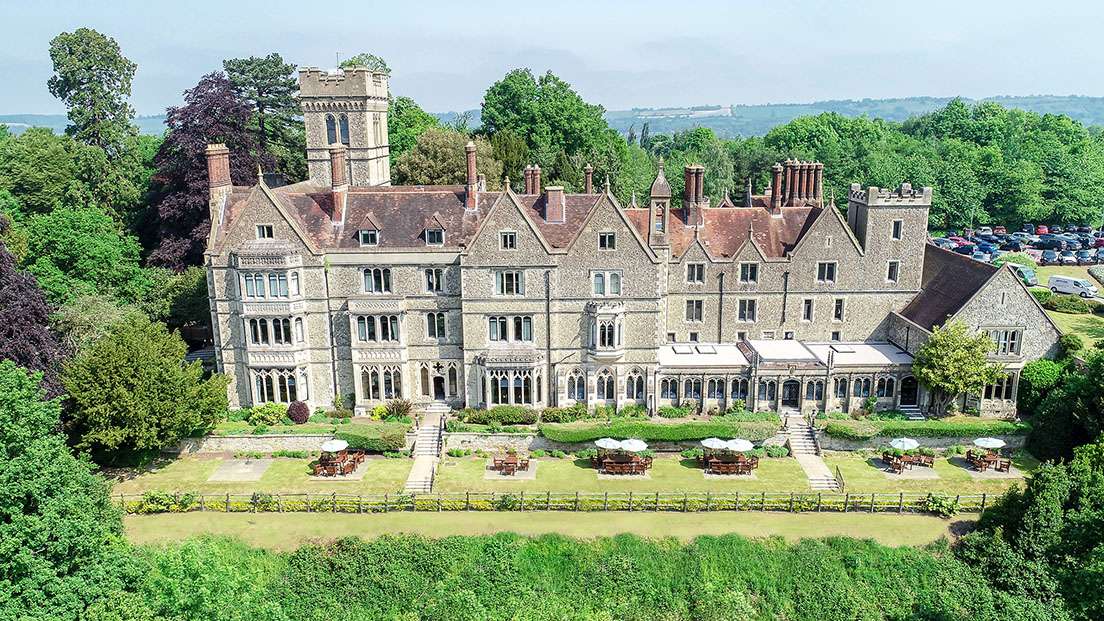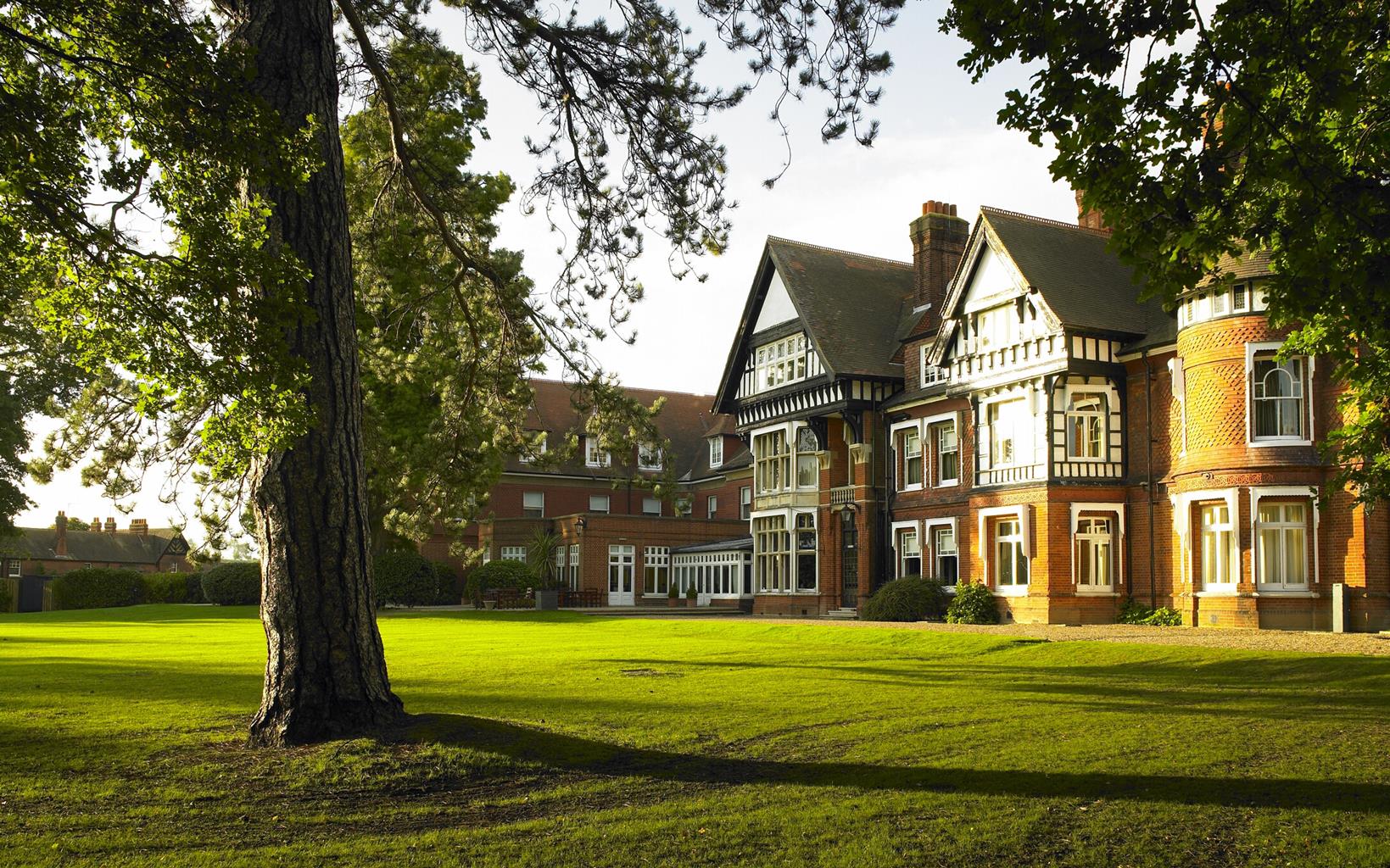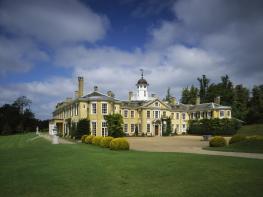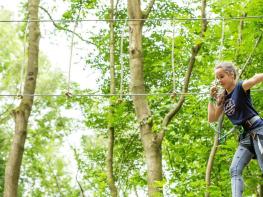On the slopes of Reigate Hill, Reigate Manor is ideally located for access to the town and for…
Exploring Headley Heath

4.6 miles (7.4kms)
About the walk
Look around you, for this is no ordinary place. About a tenth of all the world’s lowland heaths are found in southern England, and Headley includes the largest remaining area of acid heathland on the North Downs. Although heathland is an artificial habitat, it’s home to any rare and threatened species. Go quietly and you may see stonechats, woodlarks and even the occasional Dartford warbler. Common lizards live here too, as well as slow worms – harmless silvery legless lizards, not snakes, as is often thought.
The name Headley means ‘a heather clearing surrounded by woodland’, and that’s pretty much what you’ll see here today. But around 8,000 years ago, this was a very different landscape. At that time most of Britain was covered with dense woodland, and without human intervention that’s how it would have stayed. Things altered when Neolithic people arrived in about 6000 bc, slashing and burning the forest to provide grazing for their animals. At Headley, they found just what they wanted: high ground, with an easily worked sandy soil. It was the beginning of organised farming, and in one way or another the land has been grazed here ever since. Well, almost.
During World War II, Headley Heath was used as a training area by the Canadian Army. Their tanks and earth-moving equipment destroyed the open vegetation, and, after the war, birch trees started to invade the disturbed ground. Now Headley Heath is the setting for a very different type of warfare – the constant battle against encroaching woodland. You’ll see the National Trust’s secret weapon as you explore. The black and white belted Galloway cattle are very friendly and roam freely over the heathland so don’t be surprised if you meet them on this walk. Ten of these natural lawnmowers keep down the scrub and help maintain the special habitats of the heath. To discover their favourite grazing areas and explore the many habitats of the heath, including the ‘Bug Hotel’ at Aspen Pond and the chalk-loving plants near The Pyramids, try the National Trust’s short Lizard Trail. This is marked with orange markers from the car park, where you’ll also find a map and directions.
Walk directions
Face the road, walk to the far right-hand corner of the car park, and take the bridleway on your right passing through a gate, following the blue-topped posts and past two ponds on the right. Ignore all paths left and right until reaching a junction of paths with blue- and purple-topped posts.
Turn right here, and follow the bridleway for 125yds (115m) to a junction. Take the first left and at the next junction of bridleways turn right, rising slightly. At cross-tracks, walk straight ahead, still following the blu- topped posts. The broad track starts to descend to the valley bottom with a clear valley side to your right. Reach a junction of paths, with steps ahead of you, turn left here and pass another flight of steps on your left. Continue ahead, still on a bridleway, and after 100yds (91m) turn right, climbing steeply up an eroded path alongside a post-and-wire fence. At the top, pass through a gate and immediately take the path on the right. If you reach the road at High Ashurst, you’ll know that you’ve gone too far.
Double back to the right, and wind your way down out of the woods. Cross Lodgebottom Road at Cockshot Cottage, jink left and climb the narrow bridleway, occasionally very steeply, to a T-junction with a level track.
Turn right, and follow the public bridleway as far as Mill Way, alongside a paling fence with fine views to your right over the wooded valley. Just short of the road, bear right onto the public bridleway and follow it until it leads you across the road and onto a signposted byway. Follow the byway and continue on Langley Lane to the junction.
Fork left here, into Slough Lane, and walk up to the junction with Church Lane. Turn right onto the permissive bridleway that runs beside the road. Opposite The Cock Inn, turn right at the bus stop onto a signposted footpath. Follow it through to a road junction, turn hard right into Tot Hill Lane, and drop down to the junction with a metalled road.
Turn left and cross Mill Way into Crabtree Lane. Follow the waymarked bridleway past Crabtree Cottage and up the hill, through a gate, to a pit on your left-hand side. Bear left here, along the blue-waymarked track. Pass Goodmans Furze on your left and continue ahead, until you see the car park between trees on your left-hand side. Turn left through a gate to the car park.
Additional information
Mainly woodland tracks
Wooded heathland and chalk valleys
Under strict control near grazing animals on heath
OS Explorer 146 Dorking, Box Hill & Reigate
National Trust Headley Heath car park on Headley Common Road (B2033)
None on route
WALKING IN SAFETY
Read our tips to look after yourself and the environment when following this walk.
Find out more
Also in the area
About the area
Discover Surrey
Surrey may be better known for its suburbia than its scenery, but the image is unjust. Over a quarter of the county’s landscapes are official Areas of Outstanding Natural Beauty, and along the downs and the greensand ridge you can gaze to distant horizons with hardly a building in sight. This is one of England’s most wooded counties, and has more village greens than any other shire. You’ll find sandy tracks and cottage gardens, folded hillsides and welcoming village inns. There’s variety, too, as the fields and meadows of the east give way to the wooded downs and valleys west of the River Mole.
Of course there are also large built-up areas, mainly within and around the M25; but even here you can still find appealing visits and days out. On the fringe of Greater London you can picnic in Chaldon’s hay meadows, explore the wide open downs at Epsom, or drift idly beside the broad reaches of the stately River Thames. Deep in the Surrey countryside you’ll discover the Romans at Farley Heath, and mingle with the monks at England’s first Cistercian monastery. You’ll see buildings by great architects like Edwin Lutyens and Sir George Gilbert Scott, and meet authors too, from John Donne to Agatha Christie.
Nearby stays
Restaurants and Pubs
Nearby experiences
Recommended things to do
Why choose Rated Trips?
Your trusted guide to rated places across the UK
The best coverage
Discover more than 15,000 professionally rated places to stay, eat and visit from across the UK and Ireland.
Quality assured
Choose a place to stay safe in the knowledge that it has been expertly assessed by trained assessors.
Plan your next trip
Search by location or the type of place you're visiting to find your next ideal holiday experience.
Travel inspiration
Read our articles, city guides and recommended things to do for inspiration. We're here to help you explore the UK.




